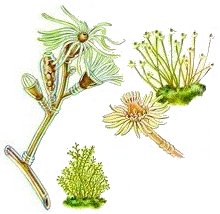Conservation of Artifacts
Artifacts recovered after long immersion in salt or freshwater require conservation treatment if they are to last. On exposure to high concentrations of oxygen in the air, iron artifacts will bloom into piles of rust. Wood will crack and split if dried out improperly. Organic materials will crumble to dust.
The manual below details conservation methods for many types of materials and artifacts.

